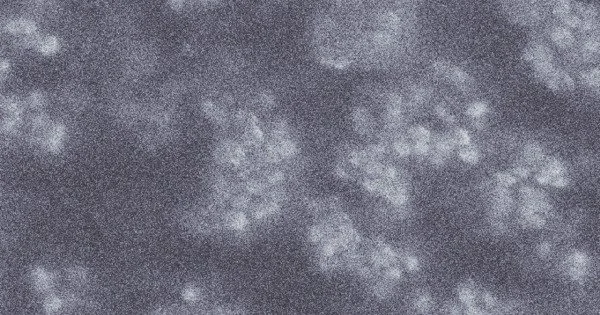Nanosized aluminum oxide, also known as alumina or aluminum trioxide (Al2O3), refers to particles of aluminum oxide that are extremely small, typically less than 100 nanometers in size. These particles can be produced through a variety of methods, including chemical precipitation, sol-gel processing, and thermal decomposition.
Nanosized aluminum oxide exhibits unique physical and chemical properties compared to its bulk form. For example, it has a high surface area-to-volume ratio, which makes it highly reactive and able to adsorb gases and other molecules. It also has high mechanical strength, high thermal stability, and excellent electrical insulation properties. It occurs in the form of spherical or nearly spherical nanoparticles, and in the form of oriented or undirected fibers.
Properties
Properties, of the final material, defined as the set of properties of the solid Aluminium oxide and specific properties of nanostructures.
- High surface area: The small particle size of nanosized aluminum oxide results in a high surface area-to-volume ratio, which makes it an ideal material for catalysis and adsorption applications.
- Enhanced mechanical properties: Nanosized aluminum oxide has increased strength and hardness compared to its bulk counterpart due to the reduced size and increased surface area.
- Improved thermal and electrical properties: Nanosized aluminum oxide has excellent thermal stability and good electrical insulation properties, making it a useful material for high-temperature applications and electronic devices.
- Optical properties: Nanosized aluminum oxide exhibits interesting optical properties, including a high refractive index and transparency in the visible and ultraviolet regions, making it useful in optical coatings and sensors.
- Biocompatibility: Nanosized aluminum oxide is biocompatible, meaning it is not harmful to living organisms and can be used in biomedical applications such as drug delivery and tissue engineering.
Overall, the unique properties of nanosized aluminum oxide make it a promising material for a wide range of applications, including catalysis, electronics, optics, and biomedicine. These unique properties make nanosized aluminum oxide useful in a variety of applications, including as a catalyst in chemical reactions, as a reinforcement material in composites, as a coating material for surfaces, and as an additive in electronic devices.
Application
Nanosized aluminum oxide has unique physical and chemical properties that make it useful in a wide range of applications, including in the production of advanced ceramics, catalysts, coatings, and electronic devices. Due to its high surface area, nanosized aluminum oxide can act as an effective catalyst for many chemical reactions and can also improve the mechanical and thermal properties of materials.
However, like other nanoparticles, nanosized aluminum oxide may also pose health and environmental risks, particularly if it is inhaled or ingested. It is important to handle and dispose of these materials properly to minimize any potential harm.













